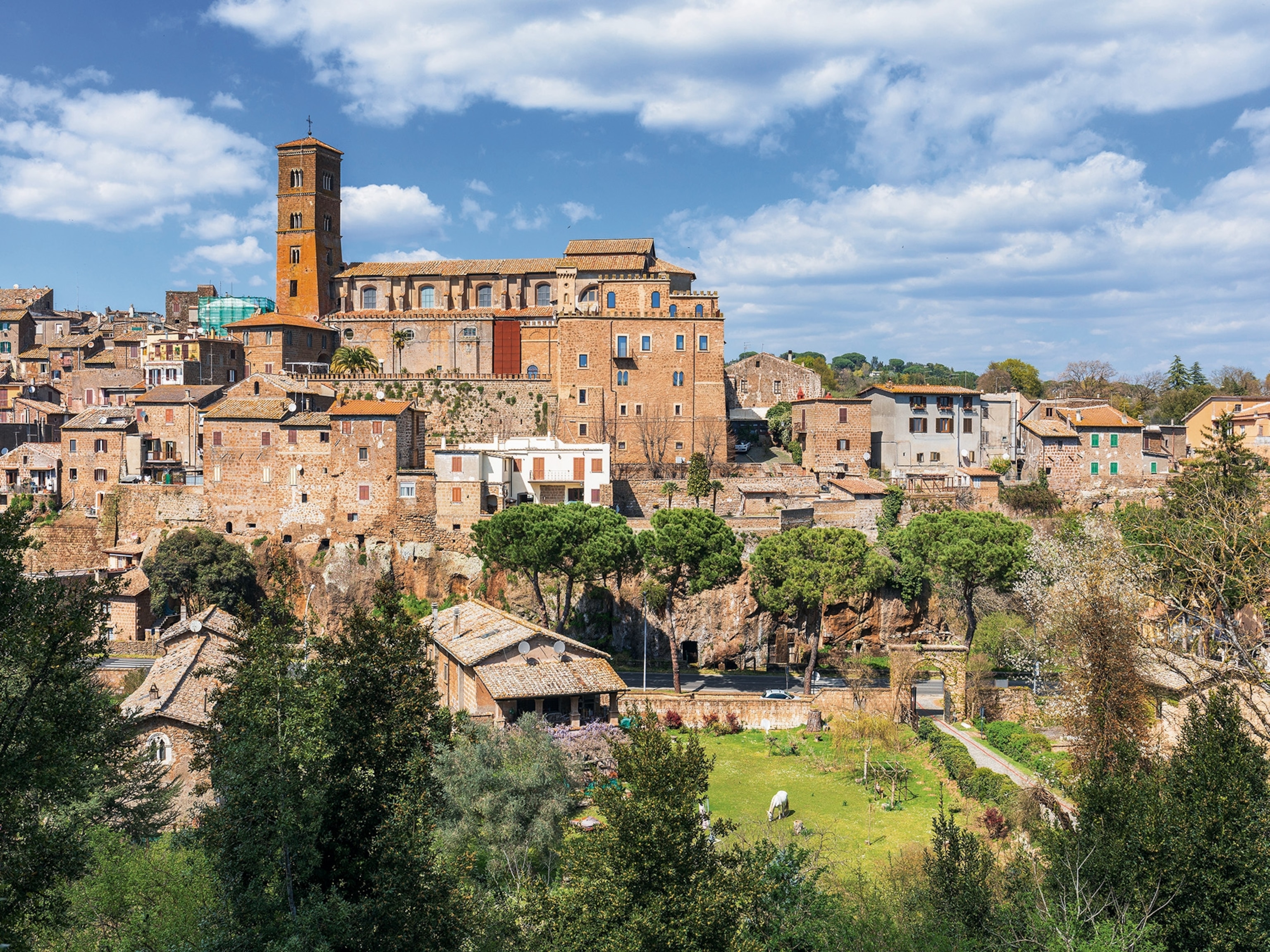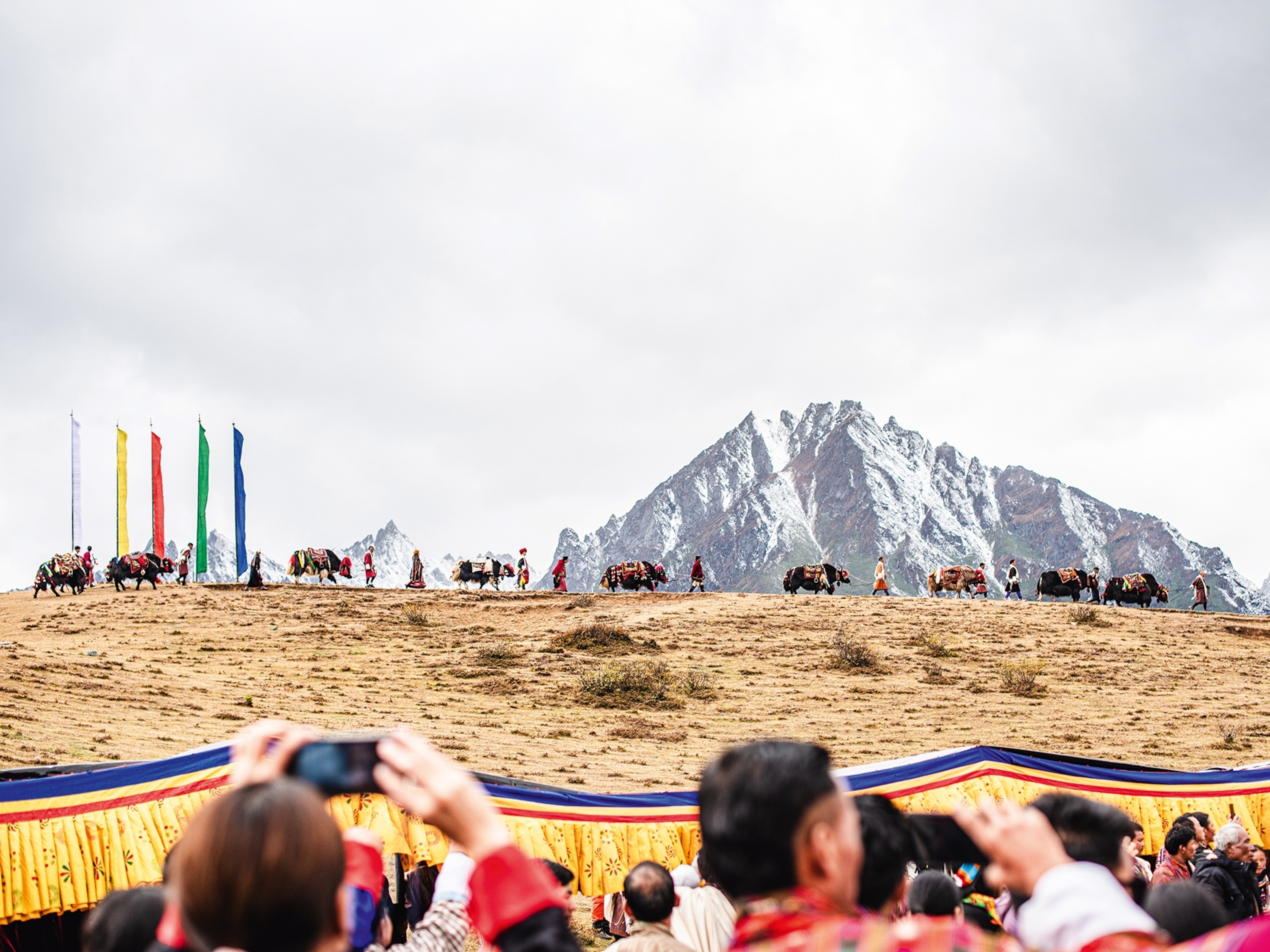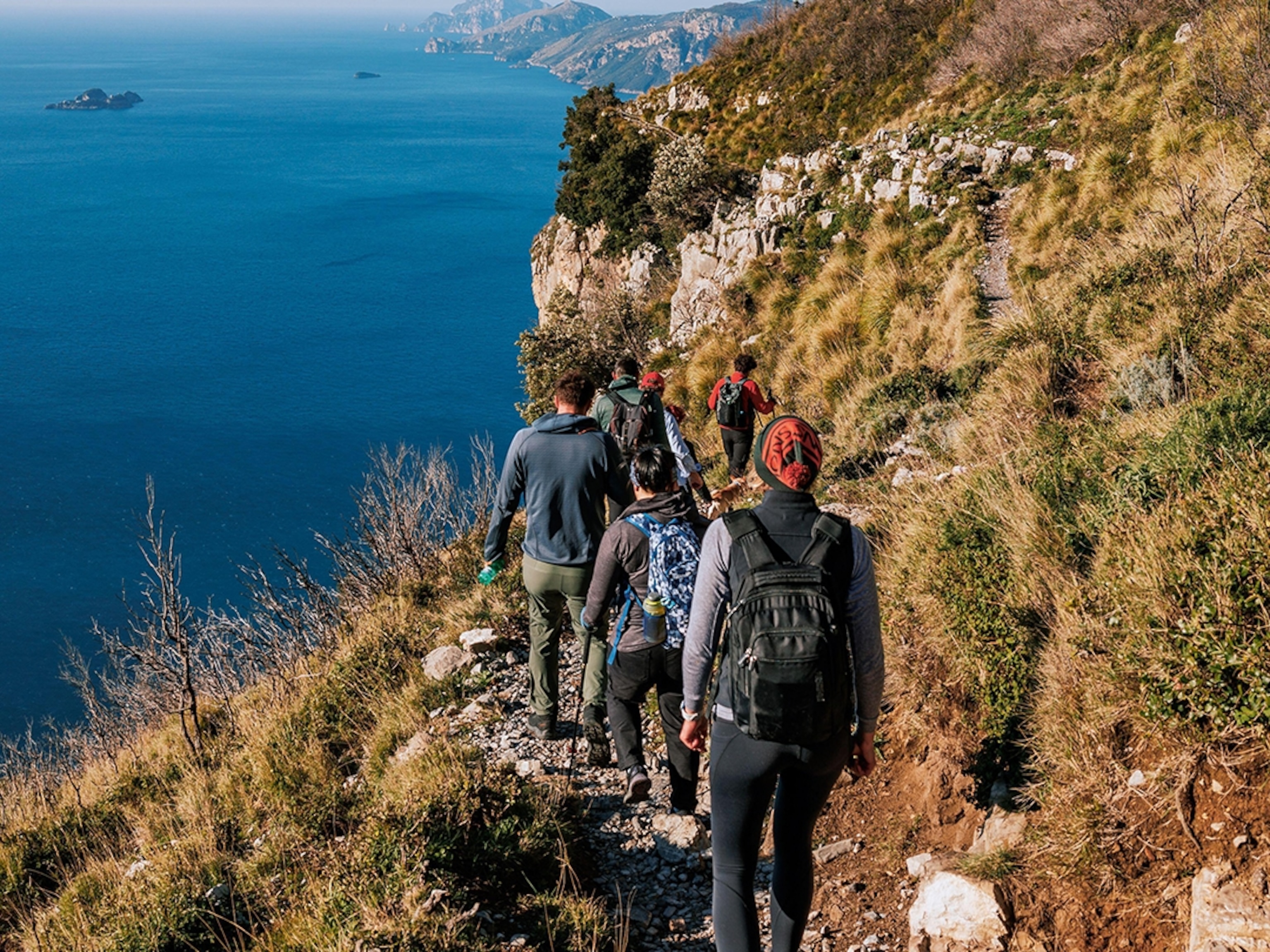6 Spiritual Adventures to Challenge the Mind and Body
Adventurous souls and spiritual seekers can find peace, and a challenge, on these spiritual hikes.
A quiet walk in the woods can be a spiritual experience, and countless hikers head to redwood groves and high places to find a sense of awe. But if following a dirt track is a kind of prayer—the hypnotizing rhythm of feet and breath an ancient song—some trails are true religious pilgrimages, routes laid down by the faithful.
From the high peaks of South Korea to an Irish landscape of heather and bogs, these hikes draw believers from around the world, following paths trod by Christian pilgrims, Buddhist monks, and Celtic pagans. And whether they sleep in historic abbeys or under the stars, devotees hike in a long tradition of spiritual seekers in the wilderness. With wild beauty and fascinating culture, these trails call even secular trekkers to make the journey, pulling on their boots for the hike of a lifetime.
Croagh Patrick, Ireland
Ireland’s patron saint fasted for 40 days on the peak of this gentle mountain, which overlooks fields of heather, bogs, and the islands of Clew Bay—it’s also the mythical site where he banished the snakes from Ireland. More than 25,000 Catholic faithful follow in his footsteps on the yearly Reek Sunday walk, hiking up the slopes of Croagh Patrick to a small summit chapel.
But when Saint Patrick came to the mountain in 441 A.D., Croagh Patrick had already had been a pilgrimage place for thousands of years. Archeologists have unearthed the ruins of a Celtic fort that once stood watch over the peak, and Ireland’s pagans once gathered here to reach pre-Christian spirits and celebrate Lughnasa, an exuberant Gaelic kickoff to each year’s harvest season.

El Camino de Santiago, Spain
Winding through the French Pyrenees, then skirting the northern edge of the Iberian Peninsula, pilgrims have walked to Santiago de Compostela for at least 11 centuries. Not that they’ve followed a single path—what’s now known as the El Camino de Santiago has braided and split throughout the years, worn into the earth by Christian pilgrims from across the continent.
The end of their long walk was the Cathedral of Santiago de Compostela, believed by some to hold the remains of St. James the Apostle. And just as in the early days of Catholic pilgrimage, many hikers on the Camino stay in a series of albergues, or shelters, often in monasteries and converted churches. But the rewards aren’t strictly spiritual. The city is also known for its signature almond cake, which is topped with a sugary cross of St. James.
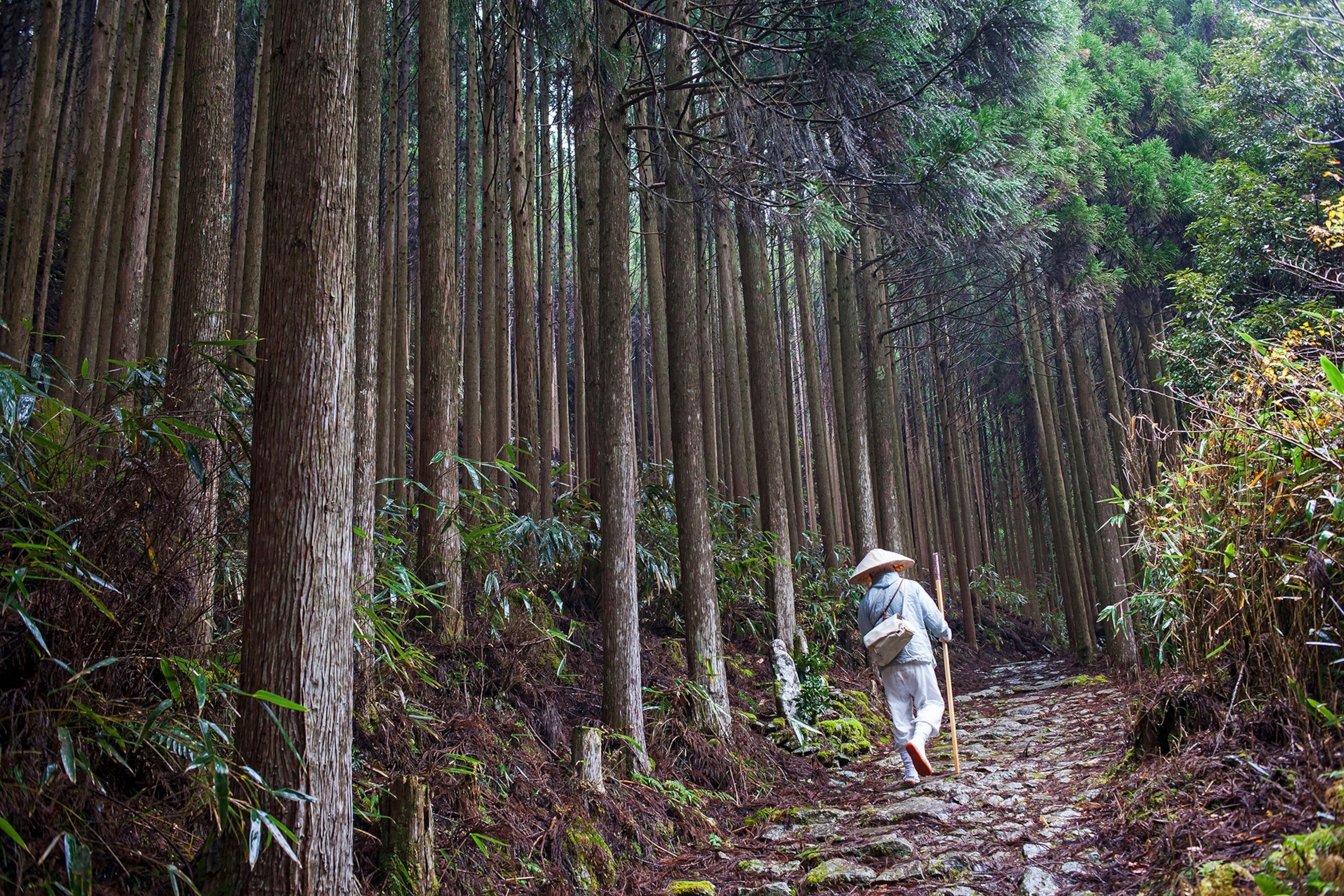
Kumano Kodo Pilgrimage Routes, Japan
Nestled into the peaks of the Kii Mountains, a trio of grand shrines bring Japan’s Buddhists to the Kumano Kodo Pilgrimage, following paths walked by monks and emperors for more than a 1,000 years. But the region’s spiritual significance pre-dates the 6th-century arrival of Buddhism in Japan, with evidence that it’s been a sacred place for nature worshippers since pre-historic times.
Now part of a UNESCO World Heritage site, the grand shrines of Kumano blend Buddhism with Japan’s indigenous Shinto religion, and the trail is lined with small Oji shrines that house local deities and offer welcome respite for walking pilgrims.
And in a twist that’s a tidy fit for Japan’s complex religious traditions, there’s no one trail that defines the Kumano pilgrimage. Travelers can choose from four main routes that cut through the mountains or along the coast, passing through traditional villages, towering bamboo forests, and rice paddies along the way.
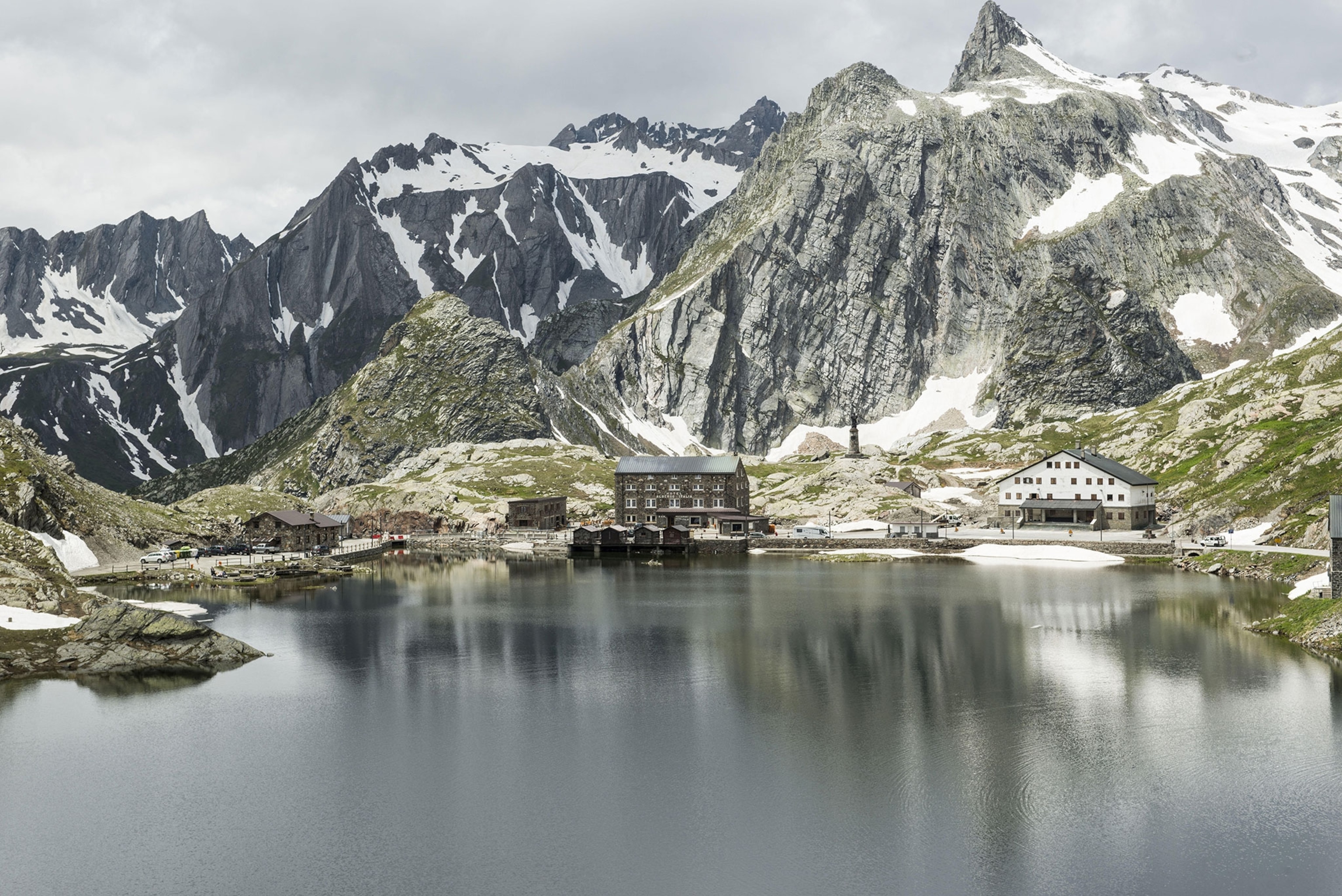
Via Francigena, Italy
The Christian practice of walking to holy places stretches back to the first few centuries after Christ. In Europe’s Middle Ages, believers set out on foot in search of forgiveness and faith, walking to the holy city of Jerusalem or Spain’s Santiago de Compostela. And many followed the crumbling, ancient roads that led to Rome, a city already filled with relics and churches.
By the 10th-century, the Via Francigena stretched from Canterbury to Rome, winding through the Jura mountains before climbing the Alps and descending to the Italian coast. And just like travelers in the Middle Ages, many modern-day Via Francigena pilgrims visit a series of monasteries and abbeys on the way, dining with monks and joining traditional prayer services.
The entire route is almost 1,300 miles long, but it’s not all serious trekking. Hikers often slow to enjoy Europe’s more secular charms—especially when the trail passes through the wine regions of Champagne and Tuscany's Val d'Orcia.

- National Geographic Expeditions
Mount Kailash, Tibet
With a dramatic face of black stone and a summit that stretches towards 22,000 feet, Mount Kailash commands attention even among Tibet’s high peaks. Four religions—Hindu, Buddhist, Bön, and Jain—see it as the epicenter of the spiritual world, each describing it as a home for gods, a place for enlightenment, or a source of power. But it’s not the trip to the mountain that’s most important. Pilgrims to Mount Kailash dedicate themselves to walking the 33-mile trail around the peak, which loops past a series of pagodas, shrines, and temples.
And for dedicated trekkers in search of true enlightenment, Tibetan Buddhists believe that Mount Kailash offers a grueling path to Nirvana—by repeating the circuit 108 times, 3,564-mile hike around a single peak.
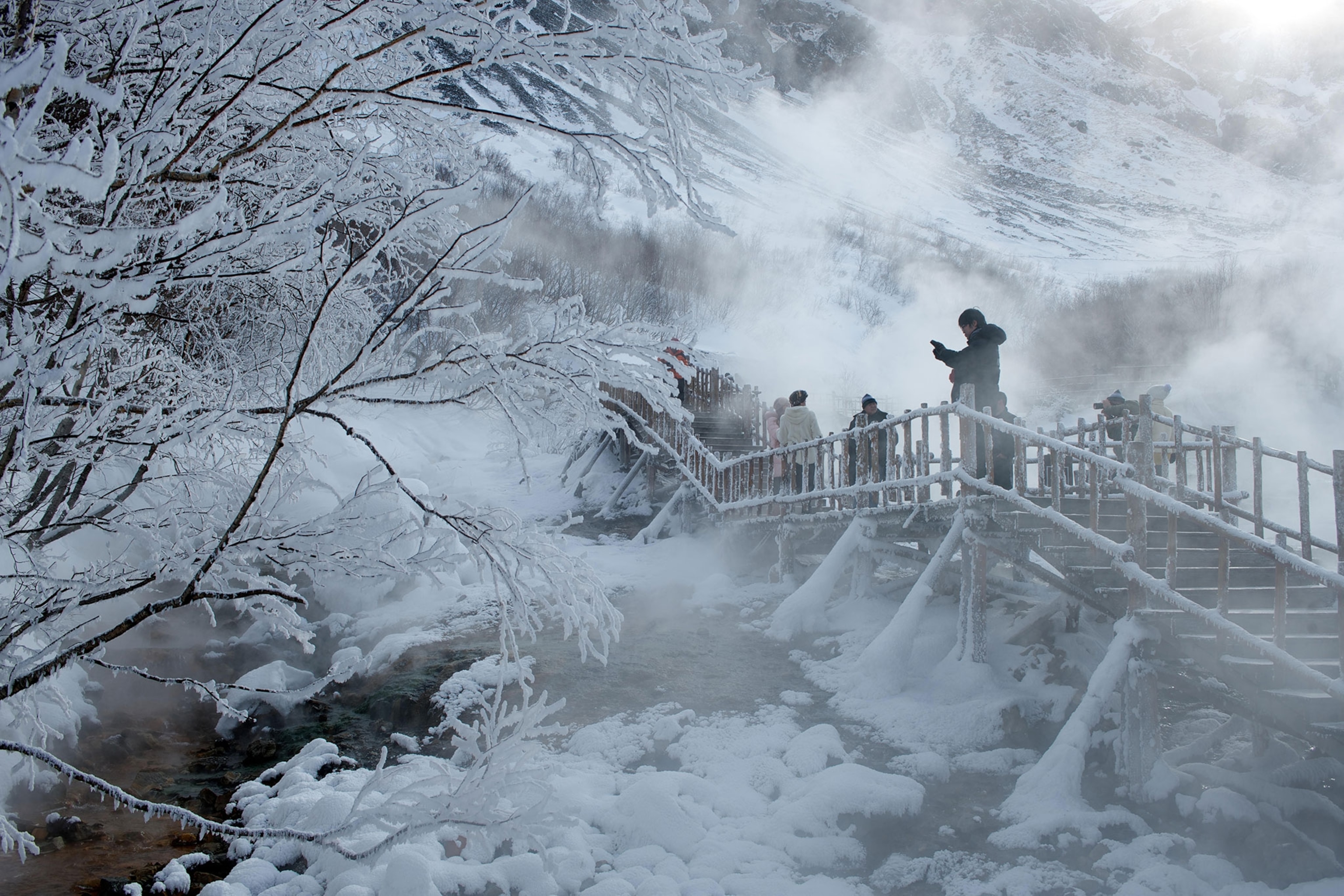
Baekdu-daegan Trail, South Korea
In Korea’s ancient tradition of mountain spirit worship, the ridgeline of the towering Baekdu-daegan range is the energetic center, and the snow-capped mountains stretch nearly the length of the Korean Peninsula. Though the North Korean portion is closed to outsiders, the Baekdu-daegan trail weaves 457 miles through South Korea’s highest peaks, passing the sources of all the country’s major rivers.
Hiking the Baekdu-daegan is a serious feat of endurance and strength, but it’s an unmistakably spiritual journey, with trail-side shrines and temples built to honor Buddhism, Daoism, Shamanism, and neo-Confucianism. The Baekdu-daegan reaches a geographical and spiritual peak on the summit of Jirisan, the tallest mountain in mainland South Korea. Korea’s faithful come to pray at the seven major Buddhist temples on the slopes of Jirisan, including the Hwaeomsa Temple, where hikers can join the Buddhist monks for pre-dawn chanting and dharma drumming.
Jen Rose Smith writes about travel and adventure from her home in Northern Vermont. Follow her on Instagram @jenrosesmithvt, and read more of her work at www.jenrosesmith.com.




